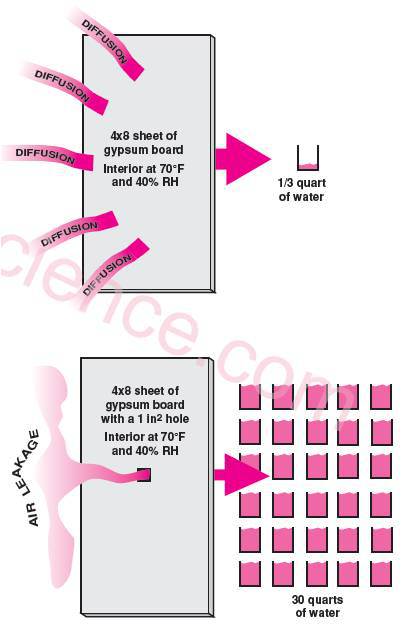Rossn
Member
Hi Dana - given the moisture and drainage issues, and the need to install dimple mat around the stem wall, I ultimately ended up installing a full perimeter foundation drain with dimple mat to create an air gap on the exterior wall. Also, re-grading on one side and a surface drains system for the gutters. Of course, it was a bigger project than anticipated, but is now complete. For 3/4 of the perimeter, the dimple mat is air sealed at the top, as the radon system is connected to the perimeter drain. For the other 1/4 of the perimeter (where brick is below grade) there isn't the same level of detailing of the dimple mat sealing.
The question now is: Now that the stem wall should remain pretty dry, what can be simplified/changed about the wall assembly that we had originally landed on (see image, below)?
Notes:
- From an interior perspective, the flat-framing is in-place, and the poly-iso is behind the framing, but not yet attached to the wall (so it could be shifted up or down).
- One of the original/primary concerns was that the (seeming) untreated sill plate which sits directly on the stem wall (no gasket) could experience dry rot, given moisture in the stem wall. With the work completed, there could still be humidity in the air-gap in the wall, though it seems like the work performed has mitigated this risk
- The former wall design included an interior smart vapor barrier and high degree of air sealing from the interior; spider all the way to the exterior upper wall, which has thin a paper-board type sheathing with an interior foil face that has micro-perforations.
- In our initial discussions, there was discussion of using a 2" layer of closed cell insulation on the exterior wall, but we then backed off this approach due to moisture considerations.
- I do have access to an in-situ concrete moisture meter now, and can get a reading on the stem wall, though I need to get revised readings.

The question now is: Now that the stem wall should remain pretty dry, what can be simplified/changed about the wall assembly that we had originally landed on (see image, below)?
Notes:
- From an interior perspective, the flat-framing is in-place, and the poly-iso is behind the framing, but not yet attached to the wall (so it could be shifted up or down).
- One of the original/primary concerns was that the (seeming) untreated sill plate which sits directly on the stem wall (no gasket) could experience dry rot, given moisture in the stem wall. With the work completed, there could still be humidity in the air-gap in the wall, though it seems like the work performed has mitigated this risk
- The former wall design included an interior smart vapor barrier and high degree of air sealing from the interior; spider all the way to the exterior upper wall, which has thin a paper-board type sheathing with an interior foil face that has micro-perforations.
- In our initial discussions, there was discussion of using a 2" layer of closed cell insulation on the exterior wall, but we then backed off this approach due to moisture considerations.
- I do have access to an in-situ concrete moisture meter now, and can get a reading on the stem wall, though I need to get revised readings.

